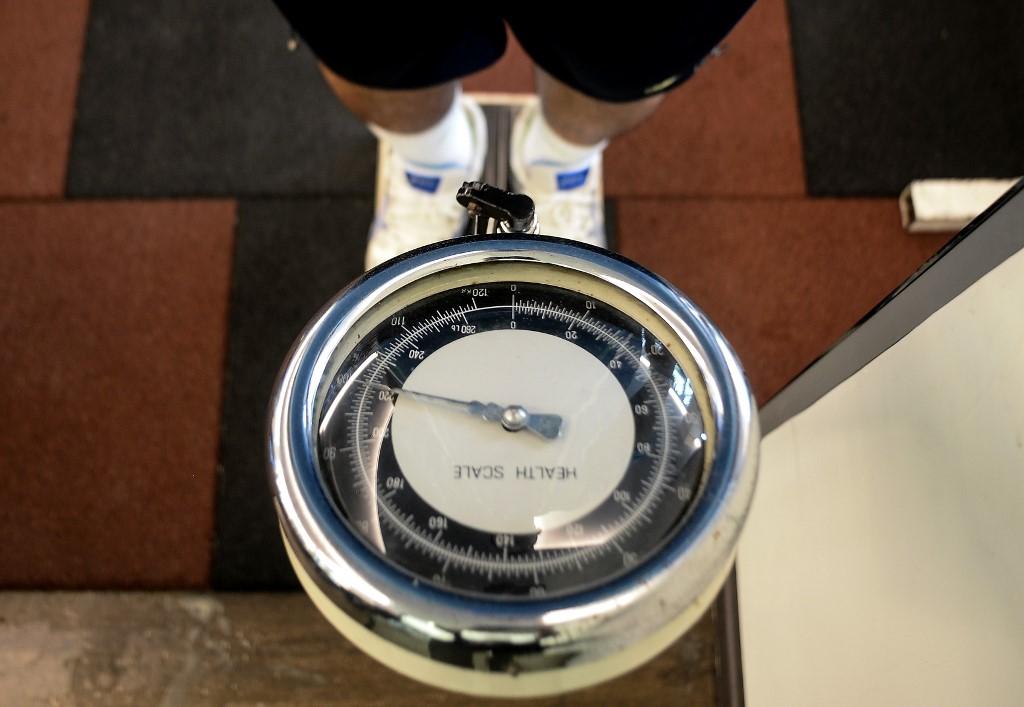Fighting the battle of the bulge
Many Malaysians are overweight and mysterious visceral fat may be the cause.
Just In
A little over four years ago, the police force faced a problem of hefty proportions.
Nearly 10% of its officers were considered overweight, causing a spike in number of personnel with ailments such as diabetes and high blood pressure.
Its director of management at the time said an average of 560 officers called in sick each day with about 200 dying in 2015 alone from heart attacks and diabetes, among others.
Fast forward several years and the problem police officers encountered still stares many squarely in the face.
About half of Malaysian adults are overweight according to the 2019 National Health and Morbidity Survey.
Many try different ways to get rid of excess weight but do not realise that different kinds of body fat require different approaches.
One concern that worries many people in terms of appearance and health is a fat belly or belly pooch.
Maintaining a flat belly is a major part of maintaining a fit body.
The fat that lies just below the skin over most of the body – the kind that can be pinched with the fingers – is called subcutaneous fat and is not the cause of belly fat. It’s visceral fat that’s behind the pooch.
Visceral fat is fat that wraps around the abdominal organs deep inside the body and can cause belly pooch. It’s called visceral fat because it builds up in the spaces between and around the viscera – internal organs such as the stomach and intestines.
A protruding belly pooch, also known as abdominal obesity, is an indication of excess visceral fat and has been shown to be closely related to the risk of cardiovascular disease, diabetes and other chronic health problems.
However, people may have a flat tummy and still have visceral fat. That’s sometimes called TOFI, or “thin outside fat inside”.
‘BMI key’
Weight problems within the police force saw the launch of a voluntary programme at the headquarters in Kuala Lumpur with basic goals including a 10% weight loss over six months.
Participants were put through daily workouts and dietary restrictions which, as it turns out, are key to losing that belly pooch.
Dr Feisul Idzwan Mustapha, deputy director of non-communicable disease at the health ministry, tells MalaysiaNow that maintaining a good body mass index (BMI) is key to controlling visceral fat.
BMI is a measure of body fat based on height and weight and can be calculated for all adult men and women. A high BMI can be an indicator of high visceral fat.
“While abdominal obesity is common among people who are overweight or obese, a person with a normal BMI can also have abdominal obesity,” says the doctor.
He believes losing belly fat is about maintaining and achieving an ideal BMI. “This has to be started young and maintained throughout life,” he says.
Mindful eating is the key, he insists. This goes beyond the type of food that you eat to controlling portions, frequency, timing and food preparation.
Leading a healthy lifestyle entails mindful eating as well as active living, not smoking, not drinking alcohol (or drinking in moderation), and maintaining good mental health.
Lifestyle changes
Liew Ping Xuan and Teh Khai Chian, are trainers at a fitness centre in Shah Alam, Selangor, who are experts at helping people win the belly fat battle.
“When people have belly fat, they start believing that they are fat, and they develop a mindset where they aim to lose as much weight as possible,” Liew tells MalaysiaNow. “To achieve this, they tend to overdo aerobic exercise and drastically cut their calorie intake.”
He explains that by doing this the body doesn’t get enough calories to support the extra physical activity. As a result, the body burns muscle to create energy and retains the fat in the midsection, so creating the infamous belly pooch.
Teh, who has been in the fitness industry for more than 10 years views belly fat in the same way as fat on other parts of the body.
For her, the idea that belly fat is hard to lose is not true because the process is the same as losing fat from other parts of the body.
“Weight training such as heavy squatting and deadlift is the right way to lose belly fat,” she says. “It is proven to condition core muscles and tone the midsection.”
She also recommends bodyweight cardio exercises such as burpees, squat jumps, and jumping jacks that are capable of showing results quickly compared to steady-state cardio such as jogging, running and biking.
“Combining weight training with a healthy diet would help to gain muscle and burn fat at the same time,” Liew and Teh tell MalaysiaNow.
For these trainers, losing belly fat is all about making lifestyle changes and having the right mindset.
They emphasise that people should allocate time for appropriate exercise, sacrifice some of their favourite foods and stick to portion control.
Subscribe to our newsletter
To be updated with all the latest news and analyses daily.
Most Read
No articles found.
